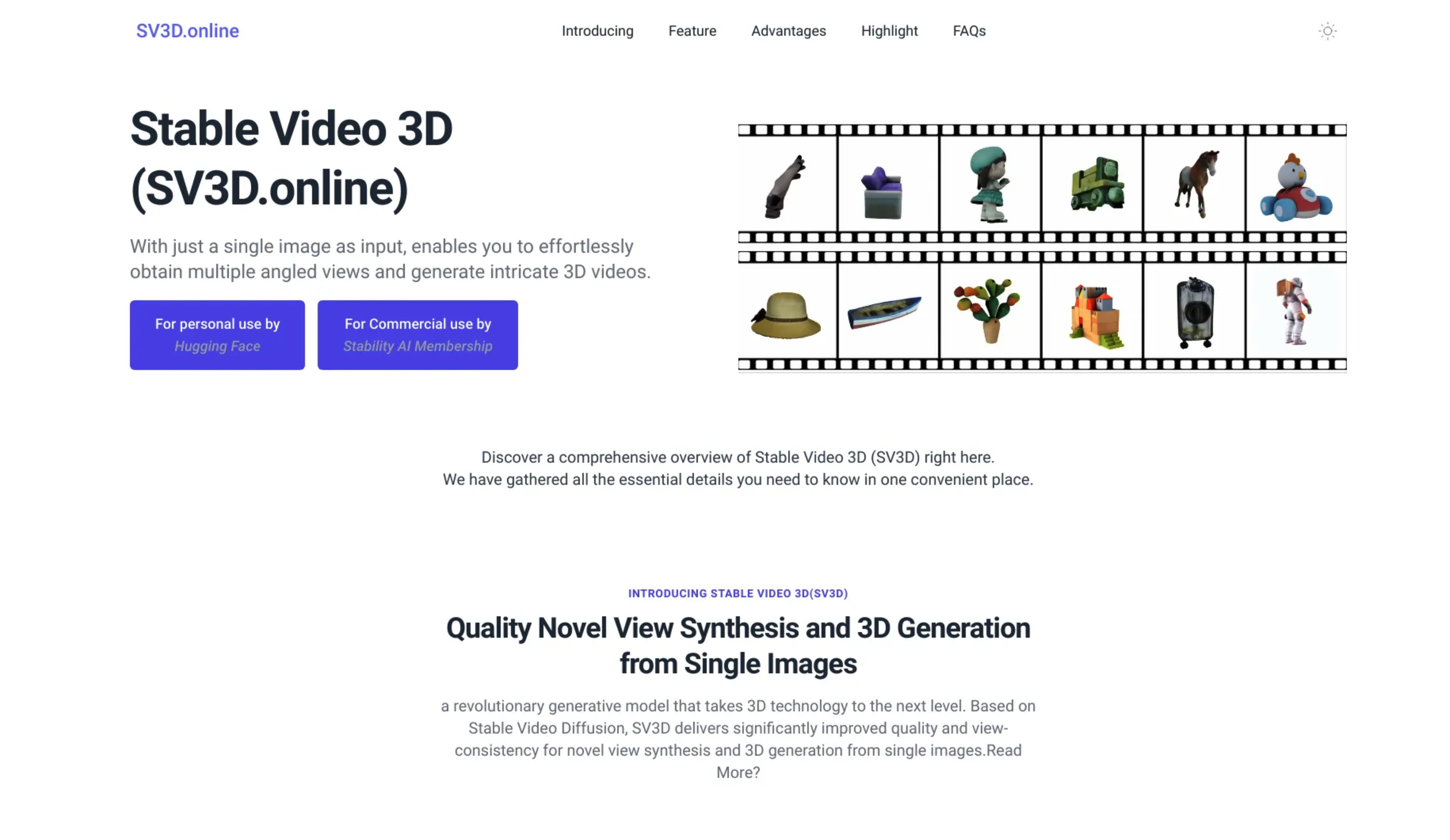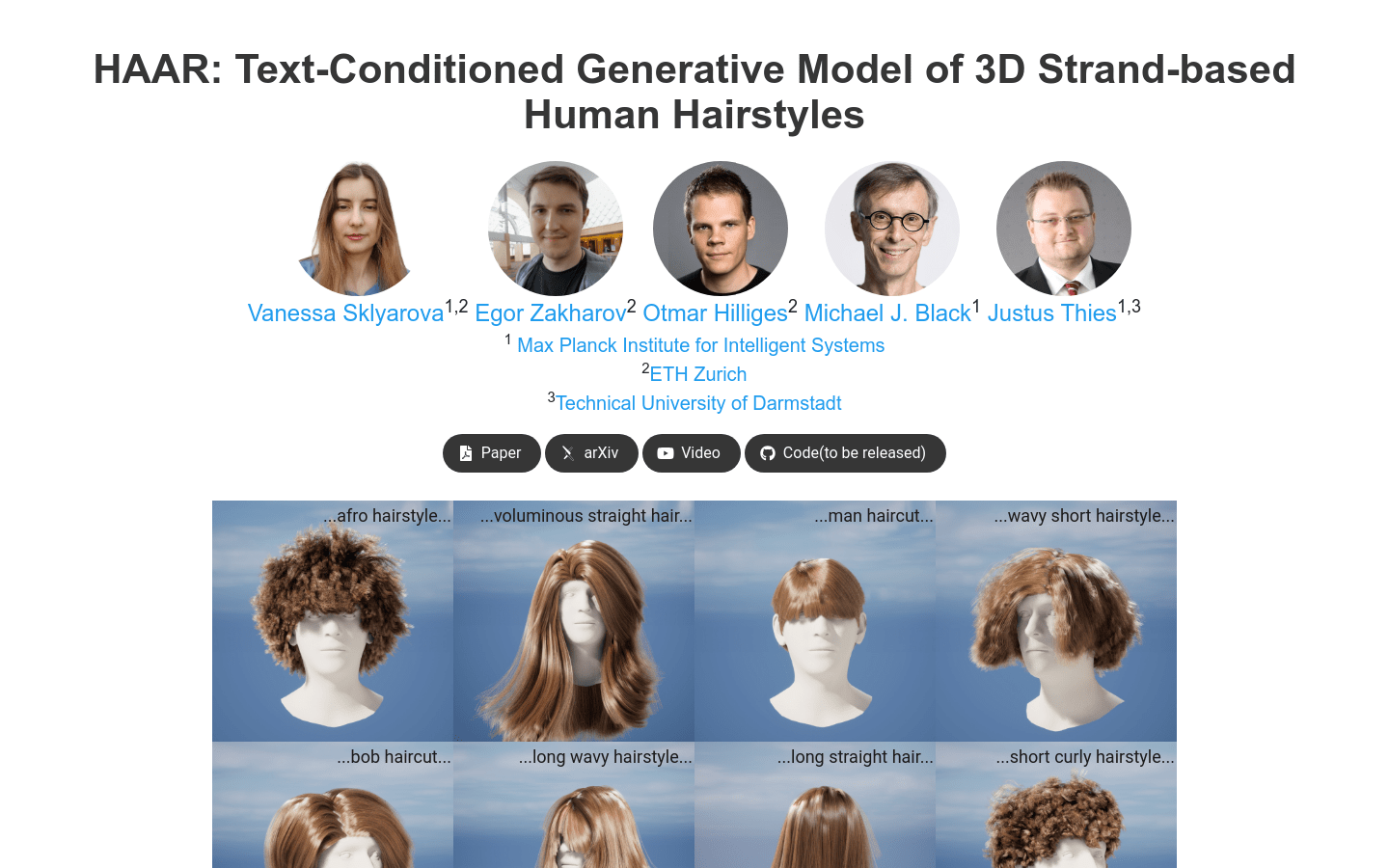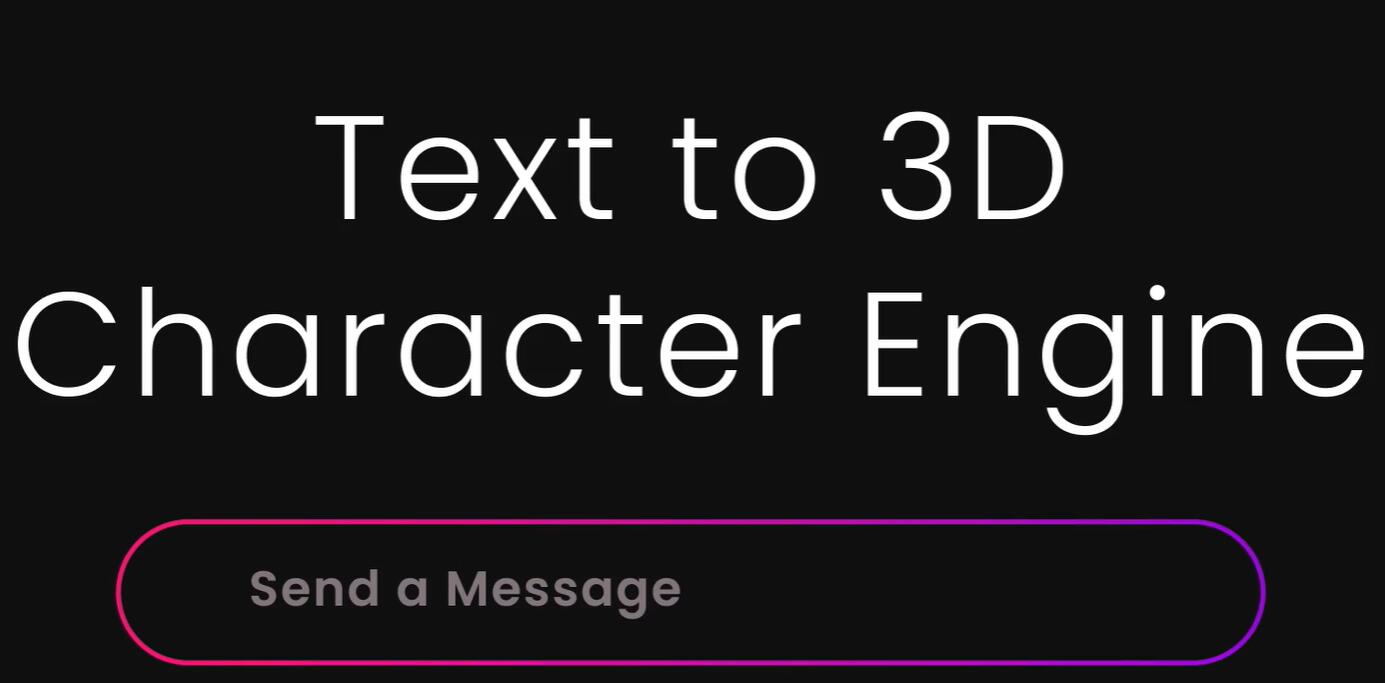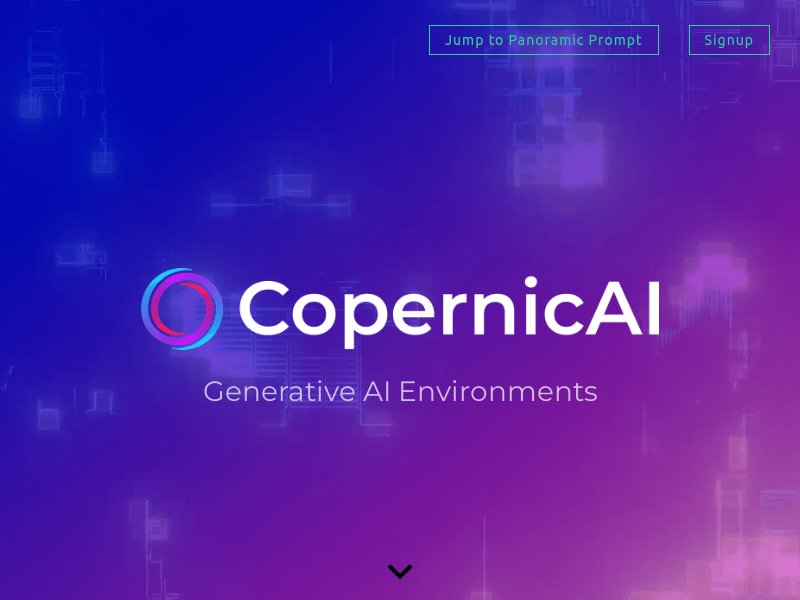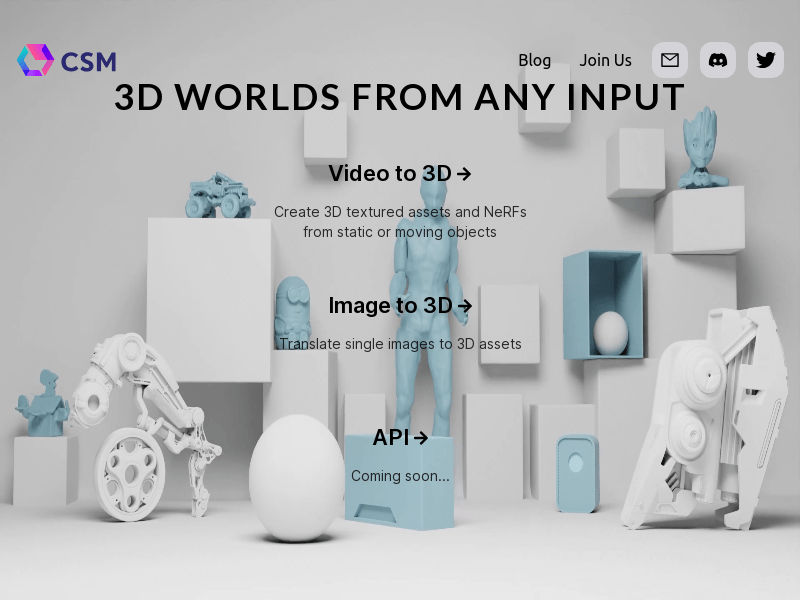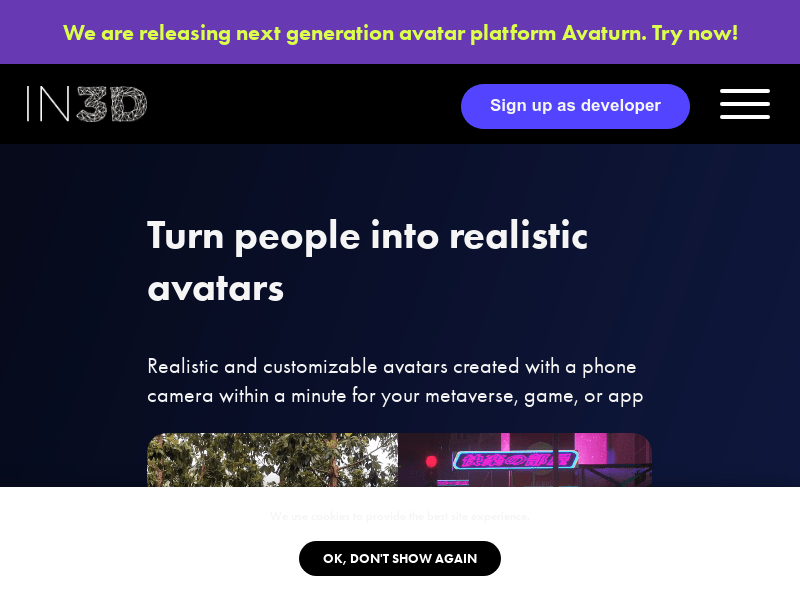🖼️
image Category
3D modeling
Found 40 AI tools
40
tools
Primary Category: image
Subcategory: 3D modeling
Found 40 matching tools
Related AI Tools
Click any tool to view details
Related Subcategories
Explore other subcategories under image Other Categories
🖼️
Explore More image Tools
3D modeling Hot image is a popular subcategory under 40 quality AI tools























